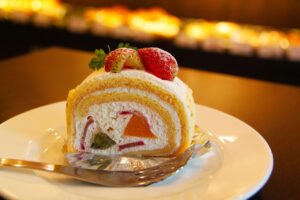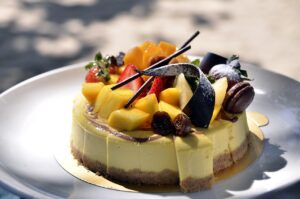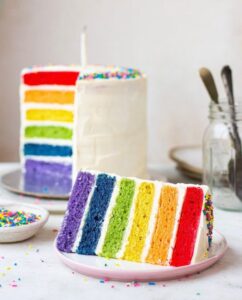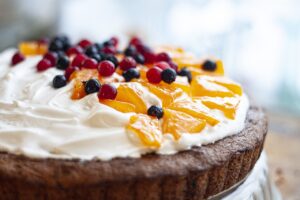The Art of Baking: Tips for Beginners
a perfect cake might seem like a daunting task, reserved for professional pastry chefs or experienced bakers. However, with the right guidance and a bit of practice, anyone can achieve cake perfection in their own kitchen. In this beginner’s guide, we’ll walk you through the essential steps and tips to help you bake flawless cakes that will impress your family and friends.
-
Gather Your Ingredients and Equipment used in baking
Before you start, make sure you have all the necessary ingredients and equipment at hand. For a basic cake, you’ll need:
- 2 cups all-purpose flour
- 1 ½ cups granulated sugar
- 1 ½ tsp baking powder
- ½ tsp baking soda
- ½ tsp salt
- ½ cup unsalted butter (room temperature)
- 2 large eggs
- 1 cup milk
- 2 tsp pure vanilla extract
You’ll also need mixing bowls, an electric mixer or a whisk, a spatula, and one or two round cake pans (usually 8 or 9 inches in diameter) depending on the cake you plan to make.
-
Preheat Your Baking Oven
Before you start mixing your ingredients, preheat your oven to the temperature specified in your recipe. This will ensures that your cake will bake evenly and on time.
-
Measure Accurately in Baking
Baking is a science, and accuracy matters. Use measuring cups and spoons to measure your ingredients precisely. Level off dry ingredients like flour and sugar with a flat edge to avoid over-packing.
-
Mix Ingredients Properly
Creaming butter and sugar together is a crucial step. Beat the softened butter and sugar until the mixture becomes light and fluffy. This helps to incorporate air into the batter, which results in a lighter and fluffier cake.
-
Incorporate Eggs One at a Time
Add your eggs one at a time, mixing well after each addition. This ensures even distribution and a smoother batter.
-
Alternate Dry and Wet Ingredients
When adding the dry ingredients (flour, baking powder, baking soda, and salt), alternate with the wet ingredients (milk and vanilla extract), starting and ending with the dry ingredients. Mix until just combined, being careful not to overmix, which can lead to a tough cake.
-
Prepare Your Cake Pans
Grease with oil or corn flour your cake pans or use parchment paper to line the bottoms. This prevents the cake from sticking to the pan and makes for easy removal.
-
Baking Carefully
Pour your cake batter evenly into the prepared pans and tap them gently on the counter to remove any air bubbles. Place the pans in the preheated oven and bake according to your recipe’s instructions. It’s important not to open the oven door too often, as this can cause the cake to sink.
-
Test for Doneness
To check if your cake is done well, insert a toothpick or a cake tester into the center. If it comes out clean or with just a few moist crumbs, your cake is ready. If not, give it a few more minutes and test again.
-
Cool and Decorate
Allow your cakes to cool in the pans for about 10 to 20 minutes before transferring them to a wire rack to cool completely. Once they’re completely cool, you can frost and decorate your cake as desired by you and your loved once.




